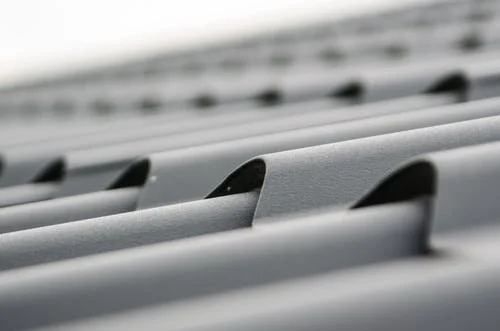7 Tips for Working Safely on a Roof
RH Business Marketing Solutions
If you live in a house, you know that your roof needs to be repaired every handful of years or even more often in case it sustains damage during a rough storm. Depending on the extent of the damage, it’s sometimes best to hire a local roofing professional, but there are some minor problems you could take care of yourself. However, working on a roof is dangerous, which means you need to make sure you always stay safe. Here are seven tips that should help you complete the job and avoid any injuries.
Check the weather forecast
It’s extremely dangerous to perform repair works on your for in weather conditions such as ice, snow or strong winds. Rain is also tricky, since the roof becomes very slippery. On the other hand, the hot summer sun can soften the shingles and leave them susceptible to further damage. Extremely warm weather can also lead to heart-related illnesses that can be worse than falling. So, if, possible, choose a cool and calm day to work on the roof.
Prepare the workspace
You need to wear the right attire; gather all the supplies you need and tape off the area. Your shoes have to be appropriate, and you need to wear a tool belt to help you keep track of your tools. If you prepare well, you won’t have to go on and off the room multiple times, which will also lower the chances of an accident. Finally, taping off the area will make passers-by aware you’re working above them and they’ll be able to avoid getting too close to your house. Also, never forget to call out before you toss anything over the edge.
Ladder stability
Needless to say, you should first check if your ladder is safe and in good condition for safe use. Next, you should stabilize it in the area you’ll be using it. Set it up on solid footing and remember that your ladder should be set against a sturdy backing. The bottom of the ladder should stick out about one foot away from the house for every 4 feet of elevation, while the top should be raised to extend a minimum of 3 feet above the edge of the roof, so that you can have a firm grip as you dismount the ladder.
Fall restraint mechanism
You should never perform any works without a fall restrain mechanism. Such mechanisms come in a wide range of forms, such as anchors, tracks and lifelines. By restraining the worker from getting too close to the edge, falls become much less of a worry. Particularly useful are use temporary roof anchors, which can be removed and the socket covered with an end cap when not in use, making them aesthetically pleasing. These systems are suitable for single users, trained to use a harness and lanyard and can be used in fall restraint and fall arrest.
Fall protection method
If you’ve implemented the previous tips, you should be able to avoid falling off your roof. On the other hand, you might want to provide extra security by including a system specifically manufactured to offer even more protection. A secondary net, for example, will help you work more freely and there are other fall arrest kits for roofers you can use.
Use guardrails
If the area you need to work on is large, you should definitely think about using guardrails, since they are excellent at protecting falls. Another benefit is that they are relatively inexpensive and easy to install.
Fall arrest systems
These can be the least preferred option because they intend to stop a fall after it’s already happening. They also require training and practice in order to be used properly. However, they are most helpful when you need to reach a repair on a roof edge. All in all, adding even one method of fall protection into your work environment will greatly increase your level of safety overall.
So, if you have the right equipment and know how to use it properly and safely, you may fix your roof on your own. If you lack either the necessary skills or equipment, you should definitely leave it to professionals.
Guest Contributor: Diana Smith
